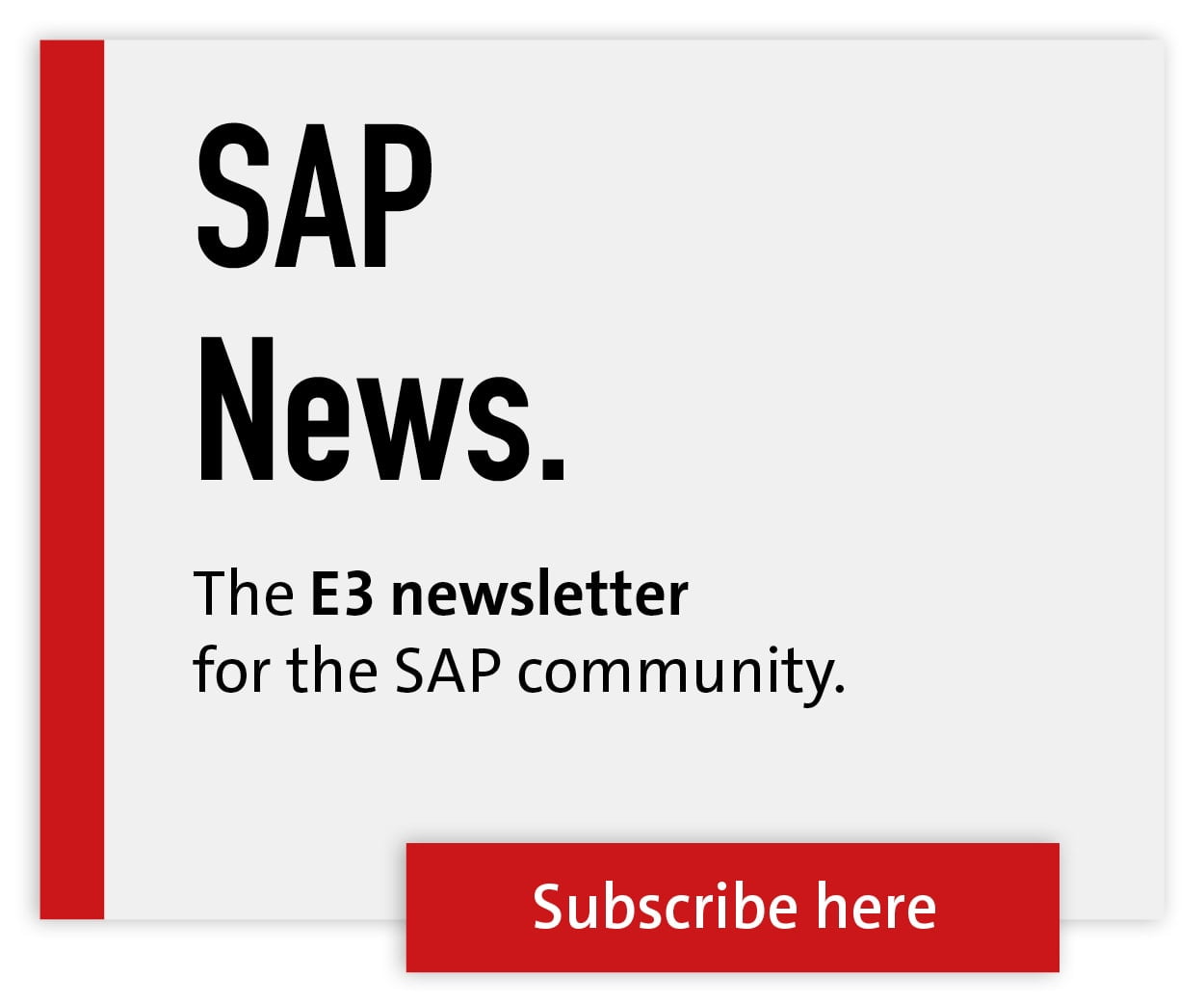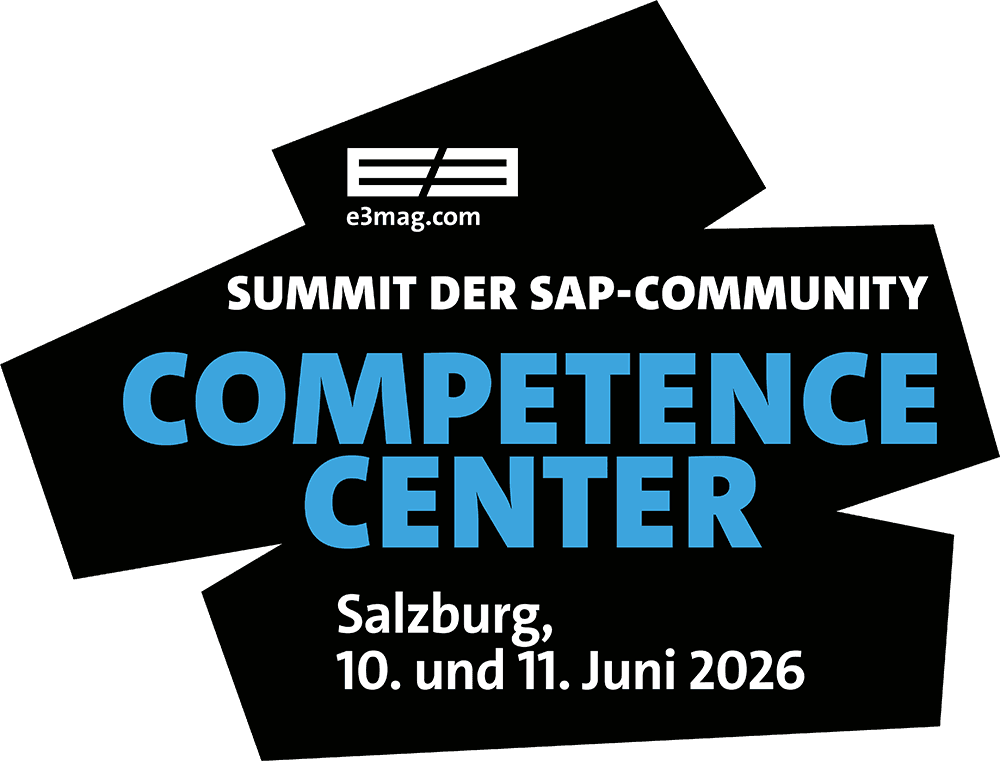Key tool for success
Without the previous conversion, it is therefore not possible to convert an ECC 6.0 system in a brownfield approach. If the decision is made in favor of a greenfield approach, the business partner conversion is not a requirement, but it does bring considerable time benefits due to reduced complexity during data migration.
In the projects carried out by IT-Motive for the business partner changeover and the related discussions held with existing SAP customers, there are always three central questions that need to be clarified in order to assess the scope of the project: How good is the data quality of the accounts receivable and accounts payable? Is the master data maintained in accordance with S/4 requirements? Are there duplicates as well as other problems due to historical settings? Existing customers are often unable to answer these questions satisfactorily. In this case, it is not a rhetorical question, but very important points for a successful changeover to the business partners.
It is one aspect that the transfer of data junk into the new S/4 world is not wanted. Of overriding relevance, however, is that master records that do not meet S/4 requirements repeatedly lead to an interruption in the process of technical conversion. The consequence of this is that the relevant departments are often tied up in lengthy coordination discussions. This leads to further additional workloads and expenses for the specialist departments and to delays in the project.
However, cleaning up master data is not an end in itself. The promise of S/4: The complete digitization of business processes can only succeed with clean master data. Within an initial conversion project, the solution was obvious: The master data must be raised to an appropriate quality level before the conversion.
With this in mind, a master data analysis tool was developed that is successfully used in every project. The tool supports on three levels: Identification of non-S/4-compliant fields, duplicate check and evaluation of the where-used list. The tool is transferred to the SAP system via a transport request and delivers easy-to-use Excel worklists that can be processed and cleansed (data cleansing) in the departments in the same way as the checklists.
In some projects, the pre-check tool has also uncovered other issues (e.g., custom number ranges, etc.) that were once included in the ERP system years ago but were never actually used. After the business departments have completed the cleansing of the master data in the first phase, the business partner conversion continues in accordance with the process model. Due to the significantly reduced coordination effort, the internal and external costs for the customer are significantly reduced.






